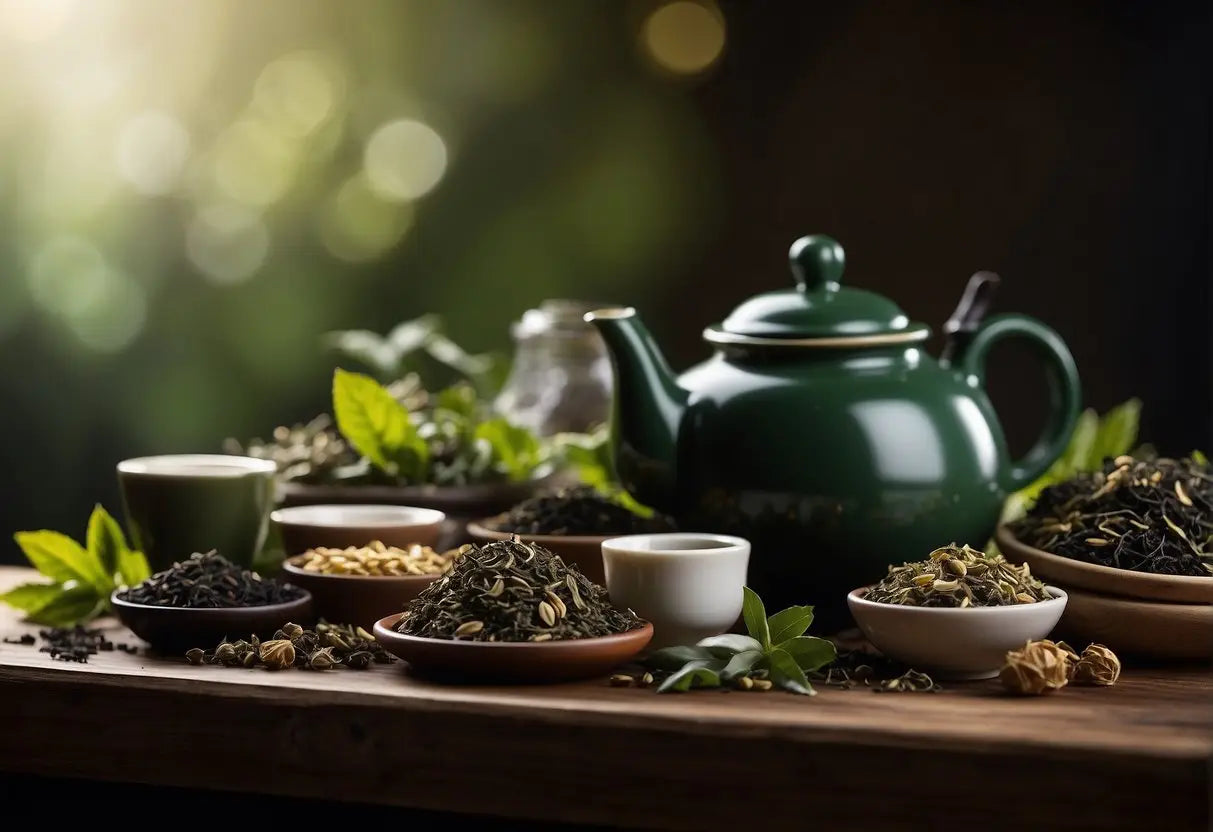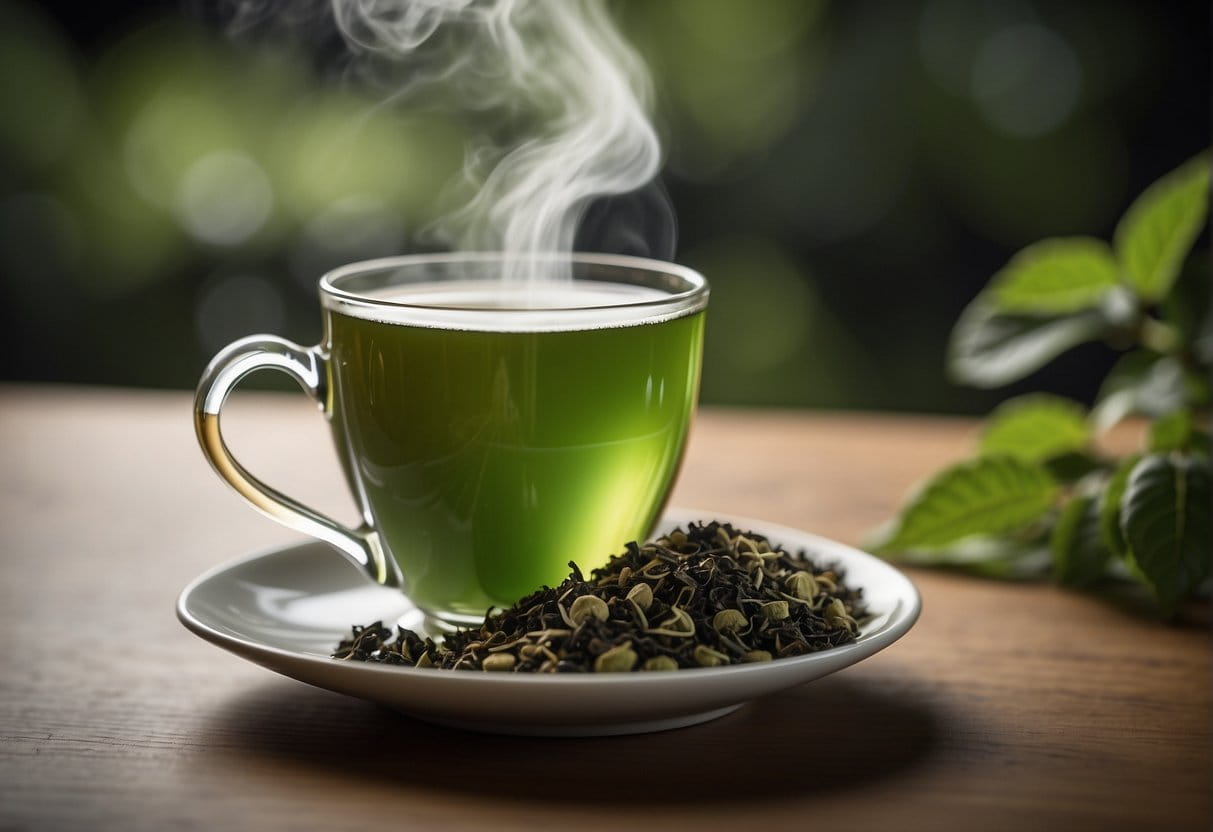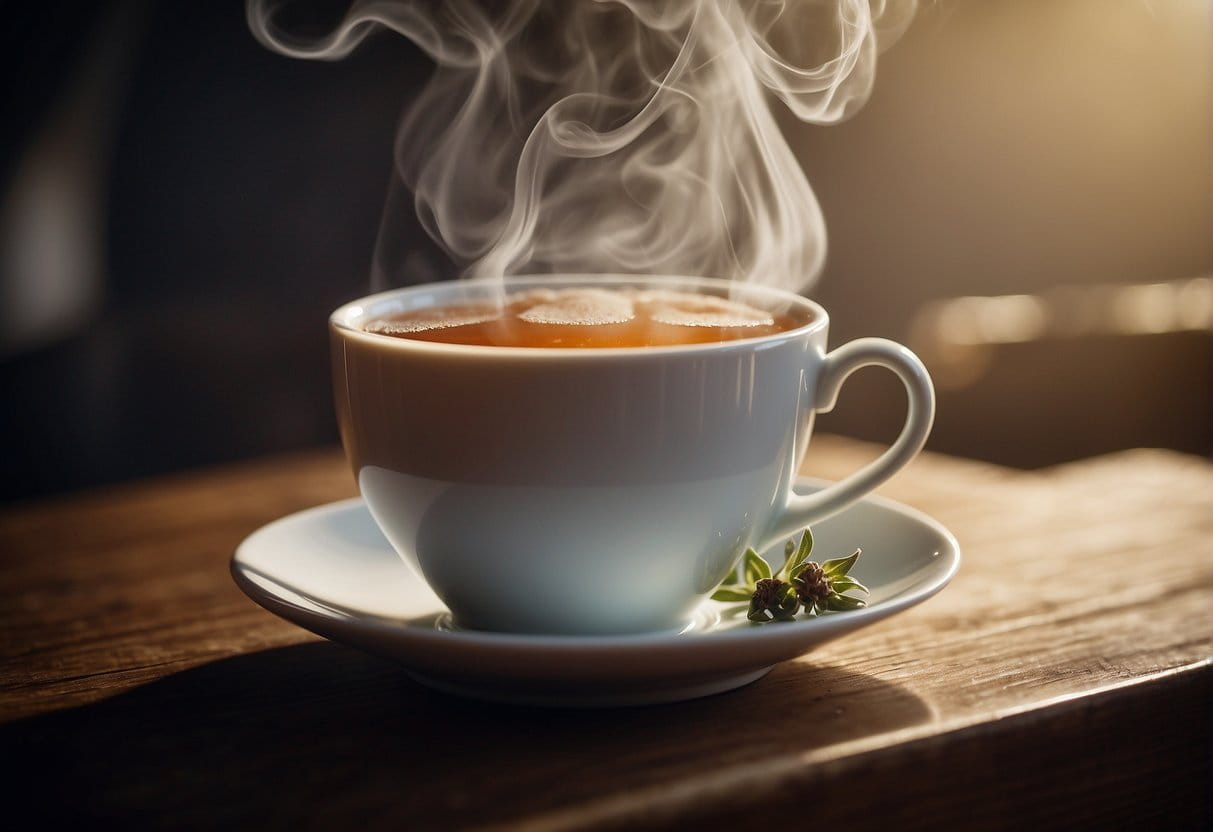What Color Is Tea
When you steep tea, the color that infuses into the water can vary widely depending on the type of tea and how it's processed. Here's a brief guide to understanding the basic colors of tea:
- Green Tea: Typically yields a pale green to yellow color, indicating its minimal oxidation.
- Black Tea: Known for its dark brown to deep red hues, black tea is fully oxidized.
- Oolong Tea: Ranges from light green to dark brown, as its oxidation level is between green and black teas.
- White Tea: Often has a very pale yellow or light brown color, reflecting its gentle processing and low oxidation.
- Pu-erh Tea: Can appear dark red or deep brown due to its unique fermentation process.
Here is a simple table summarizing the color range:
| Tea Type | Color Range |
|---|---|
| Green | Pale Green to Yellow |
| Black | Dark Brown to Deep Red |
| Oolong | Light Green to Dark Brown |
| White | Pale Yellow to Light Brown |
| Pu-erh | Dark Red to Deep Brown |
Remember that the final color can be impacted by factors such as:
Bestsellers
- Steeping Time: Longer steep times can lead to deeper colors.
- Water Temperature: Hotter water can extract color more quickly.
- Tea Quality: Higher quality leaves often produce more vibrant colors.
- Tea Leaf Cut: Fine cut leaves may release color faster than whole leaves.
By keeping these points in mind, you can better predict and understand the color of your tea as it steeps.
Factors Affecting Tea Color

Several key factors determine the color of the tea in your cup. Understanding these can help you achieve a consistent and desirable tea experience.
Tea Types
Different tea types have a range of inherent colors due to their unique processing methods:
- Green Tea: Typically yields a light green to yellow hue.
- Black Tea: Known for its deep amber to dark brown color.
- Oolong Tea: Can vary from light green to dark brown, depending on processing.
- White Tea: Often produces a pale yellow to light brown color.
- Herbal Tea: The color spectrum is wide, influenced heavily by the specific herbs used.
Oxidation Levels
Oxidation is a process that heavily influences tea color:
- Non-oxidized: Teas like green and white teas have minimal oxidation, resulting in lighter colors.
- Partially oxidized: Oolong teas exhibit a mid-range of oxidation, affecting the depth of color.
- Fully oxidized: Black teas are fully oxidized, leading to darker hues.
Brewing Time
The duration of brewing directly impacts the intensity of the tea color:
- Shorter brewing time: Results in a lighter color.
- Longer brewing time: Causes a deeper, more intense color.
Water Temperature
Hot water temperatures can extract color compounds more effectively:
- Hotter water: Results in a quicker and more thorough color release.
- Cooler water: Tends to produce a paler tea color.
Color Variations by Tea Type

The color of your tea can be a direct indicator of its type and processing method. Each variety—black, green, white, oolong, pu-erh, and herbal—presents a unique hue in your cup, stemming from the oxidation level and leaf part used.
Black Tea
Black tea leaves undergo full oxidation, resulting in a deep, rich color. When brewed, black tea typically yields a strong, dark amber to reddish-brown hue, signifying its robust flavor profile.
Green Tea
Green tea skips the oxidation process, preserving the natural green pigments in the leaves. Your brewed green tea will display a light to vibrant green shade, indicating its fresh, grassy character.
White Tea
Delicate white tea is the least processed—it retains a high degree of its natural antioxidants. Your white tea should appear pale yellow to light amber, offering a subtle flavor and gentle aroma.
Lao Ban Zhang
Oolong Tea
Oolong tea is partially oxidized, placing it between green and black teas in terms of color and taste. The resulting liquor can vary from light green to a darker brownish color, depending on the oxidation level.
Pu-erh Tea
Aged and fermented, pu-erh tea presents a unique color range. Your brew might range from a deep amber to a rich, earthy brown, emphasizing its mature and often earthy flavor notes.
Herbal Tea
Herbals teas, not coming from the Camellia sinensis plant, exhibit the most color variation. Your herbal tea might steep into a multitude of hues—from pale yellows with chamomile to vibrant reds with hibiscus—each linked to their specific plant ingredients.
Cultural Significance of Tea Colors

The color of tea holds different significance and connotations across various cultures, often reflecting traditions and social rituals.
East Asian Tea Culture
In East Asian cultures, the color of tea is deeply intertwined with aesthetics and health. The pale green of Chinese Longjing and the deep jade of Japanese Matcha reflect not only a tea's quality but also its connection to nature and tranquility. You'll find that during traditional tea ceremonies in Japan, Matcha, with its vibrant hue, symbolizes harmony, respect, and purity.
| Tea Type | Color | Significance |
|---|---|---|
| Longjing | Pale Green | Spring, Renewal |
| Matcha | Deep Jade | Harmony, Purity |
South Asian Tea Culture
Bold and rich colors are celebrated in South Asian tea culture. The bright amber to deep mahogany color of a brewed Assam or Ceylon tea can signify warmth, hospitality, and comfort. These teas are often enjoyed with milk and sugar, which lightens their color and has become a hallmark of the communal tea-drinking experience.
-
Assam Tea - Robust Amber
- Represents strength, vigor.
-
Ceylon Tea - Intense Mahogany
- Conveys depth, robustness.
Western Tea Culture
Western tea culture has incorporated a wide range of teas, with color indicating the type and strength of brew. The dark hue of a steeped English Breakfast tea, for instance, is often associated with a bold flavor suitable for starting the day. In contrast, the light golden color of Chamomile is linked to relaxation and a milder taste.
- Black Tea (English Breakfast): Dark Brown
- Signals strength, morning ritual.
- Herbal Tea (Chamomile): Light Gold
- Suggests calmness, relaxation.
Health Implications of Tea Colors

The color of tea you choose can have varying implications for your health due to differences in antioxidant levels and caffeine content.
Antioxidants and Tea Color
Green Tea: Rich in catechins, specifically epigallocatechin gallate (EGCG), which have been linked to numerous health benefits like improved heart health and reduced cancer risk.
Black Tea: Contains theaflavins and thearubigins, antioxidants that develop during the oxidation process, potentially offering cardiovascular benefits.
Caffeine Content by Color
White Tea: Contains approximately 15-30 mg of caffeine per 8 oz cup, offering a lighter option for those sensitive to caffeine.
Green Tea: Generally has slightly more caffeine than white tea, ranging from 20-45 mg per 8 oz cup.
Black Tea: Typically boasts the highest caffeine levels of traditional teas, with about 40-70 mg per 8 oz cup, offering a stronger energy boost.
Frequently Asked Questions

Tea colors vary widely depending on the type and preparation, with shades ranging from pale yellow to rich brown. Your understanding of tea's visual diversity will be enhanced through these specific FAQs.
What shades are common for different types of tea?
Different teas present a spectrum of colors: green teas are typically light green to yellow, black teas offer a deep amber to brown, oolong can range from light brown to dark red, and white teas are known for their pale yellow hues.
How does adding milk affect the color of tea?
Adding milk to tea changes its color by creating a lighter, creamier hue. The resulting color can range from beige to a light brown, depending on the type of tea and the amount of milk used.
What is the typical color code used for tea in design?
In design, tea is often represented using color codes that reflect its warm and inviting nature. For example, a common color code for black tea might be a hex value like #c1a165, which represents a warm brown shade.
Can you describe the color variation in a tea color chart?
A tea color chart typically shows a gradient from light yellow to dark brown. Each color corresponds to a different type of tea at various strengths – with lighter shades for less-steeped teas and darker shades for more robust infusions.
What hue does black tea impart when used as a hair dye?
When used as a hair dye, black tea can impart a natural tint, ranging from a subtle dark brown to a more pronounced rich brown, depending on the original hair color and the duration of application.
How does the color of Indian tea compare to other varieties?
Indian tea, particularly Assam and Darjeeling varieties, often exhibits a rich, golden brown color when brewed. This contrasts with the lighter yellows of some Chinese green teas or the darker browns of heavily oxidized teas from other regions.
← Older post Newer post →











